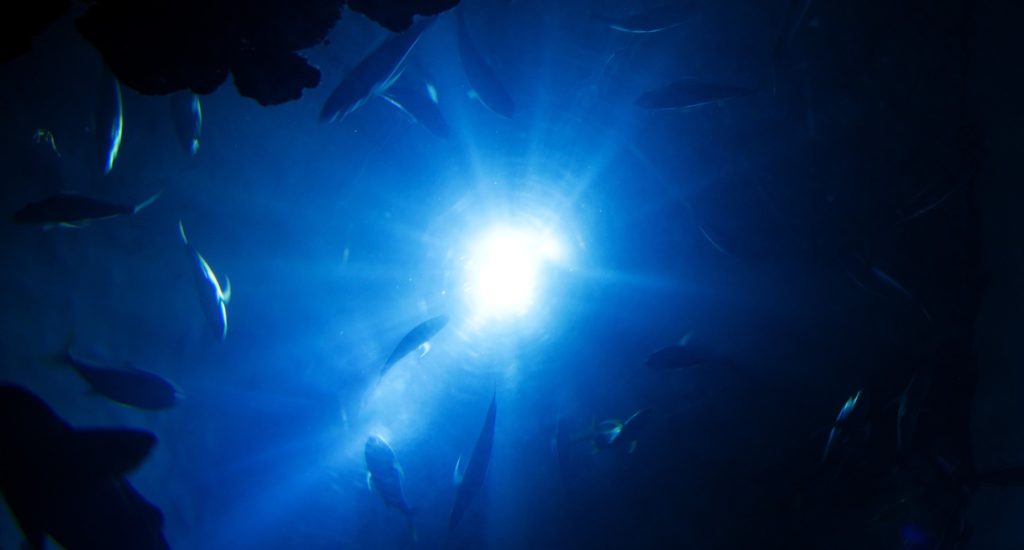The ocean’s twilight zone (200m to 1,000m deep) receives little light but is home to a wide variety of organisms and billions of tonnes of organic matter, but a new study warns that climate change could cause a 20-40 per cent reduction in twilight zone life by the end of the century.
“We still know relatively little about the ocean twilight zone, but using evidence from the past we can understand what may happen in the future,” said Dr Katherine Crichton of Exeter University, the lead author of the study.
In a high-emissions future, life in the twilight zone could be severely depleted within 150 years, with no recovery for thousands of years, as animals mainly feed on particles of organic matter that have sunk down from the ocean surface. The study shows that in warmer seas of the past, this organic matter was degraded much faster by bacteria – meaning less food reached the twilight zone.
The study’s three emissions scenarios are based on total carbon dioxide emissions after 2010. “Low” is 625 billion tonnes, “medium” is 2,500 billion tonnes, and “high” is 5,000 billion tonnes. For context, the Global Carbon Budget (led by the University of Exeter) estimated total global carbon dioxide emissions of 40.6 billion tonnes in 2022 alone.
Emissions have been close to 40 billion tonnes every year from 2010-22, so most of the carbon dioxide (about 500 billion tonnes) for the study’s “low” scenario has already been emitted. At the current rate, the “medium” scenario would be reached 50 years from now, and the “high” in just over a century.
The study was funded by the Natural Environment Research Council and includes researchers from the universities of Exeter, Liverpool, California Riverside, Bremen, Cardiff, and University College London. The paper, published in the journal Nature Communications, is entitled: “What the geological past can tell us about the future of the ocean’s twilight zone.”
Latest News
-
Airport hands local charities and groups £100,000 over last year
-
Private health provider awards £10,000 to arthritis research team
-
Building Society hands out £1m to tackle inequality
-
Premier League and Comic Relief partnership aims to improve children’s mental health
-
Russell Hobbs launches food poverty campaign in schools
-
Tottenham Hotspur and charities launch film to tackle mental health stigma
© 2019 Perspective Publishing Privacy & Cookies







Recent Stories